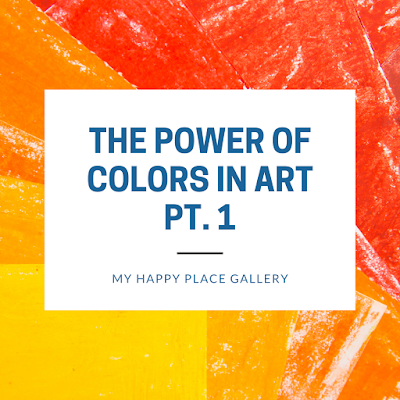History of Photography, Pt. 3
If you’ve read our previous
blogs on photography, you’ll know that portraits were primarily the main use of
cameras in the early days. As the cameras were bulky and had longer exposure
times, capturing still images of people was one of the most accessible options.
However, once the developments of cameras allowed for handheld devices with
shorter exposure times, people could take their cameras with them outside of a
studio. This led to the introduction of a variety of different types of
photography. In this blog, we’ll discuss the genres of photography that
developed in the 20th century.
As photography became more
and more accessible, it began to expand from a primarily portrait-based medium
into different genres, including photojournalism. The press used photography
from the inception of the daguerreotype. However, it wasn’t until 1888 that
photos were printed at the same time as text in papers and magazines. By the
late 19th century, including pictures in newspapers to share stories became the
norm.
Magazine and newspapers
grew during this time as well, which increased the demand for photographs. This
new mode of photojournalism led to mini cameras such as the Ermanox in 1924
and the Leica in 1925. Both of these cameras featured wide-aperture
lenses that had short exposure times needed to capture images quickly. One of
the most revolutionary elements of this camera is that it allowed for pictures
to be taken indoors.
Landscape photography has
always been popular as some of the first images to be produced are of scenes of
nature. Stemming from this was the documentary genre. During the late 19th
century and into the 20th century, documentary photography became extensively
popular to capture landscapes, architecture, and monuments. In the United
States, many photographers traveled west to document the land's natural beauty,
including many national parks.
In addition to the landscape
and documentary genre came social documentation. This type of photography
depicted themes such as economic issues, immigration, and social life and
customs. People recognized the power that photography had and used this to
document scenes that would evoke feelings with viewers. The purpose of these
kinds of images was purely documentation rather than art.
Thanks to the development
of the collodion process in the mid 1800s, photography transformed into a
medium that anyone could enjoy. The new ease and accessibility of cameras
allowed for more amatuer photographers, which led to the formation of
photography groups. As its popularity grew, so did its consideration as an art
form. These photography societies soon realized the creative and artistic possibilities
of photography, and they pushed to promote it as a way of artistic expression,
just like painting or sculpting. As a result, photography became recognized as
a real art form that was open to different styles and expressions.
Today, all of these same
genres are still used by photographers and even those who just captured images
with their phones. You may know that when you snap pictures of beaches or
mountains on your vacation, it's considered landscape photography! The impact
these genres had on the development of cameras and the art of photography is
still prevalent now. Be sure to keep these styles and techniques in mind next
time you take out your phone or camera to take a picture!


Comments
Post a Comment